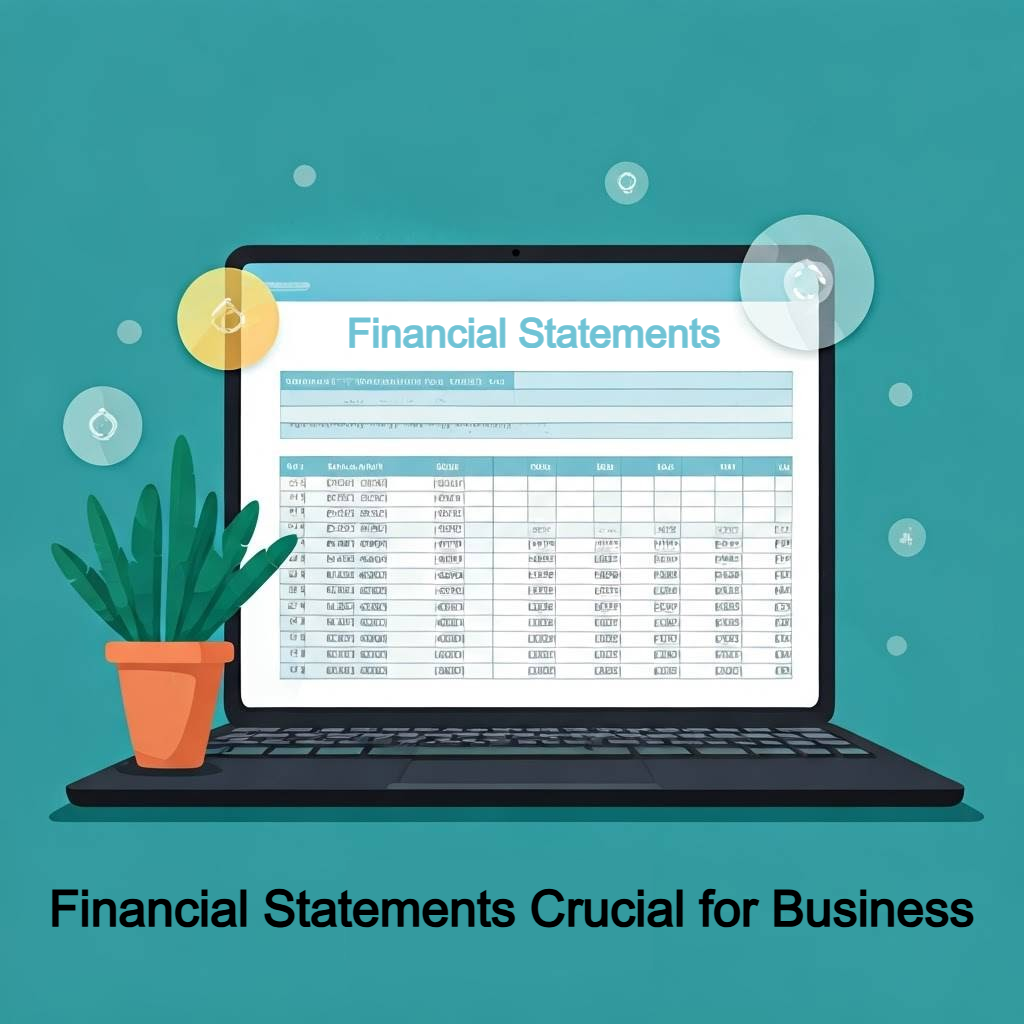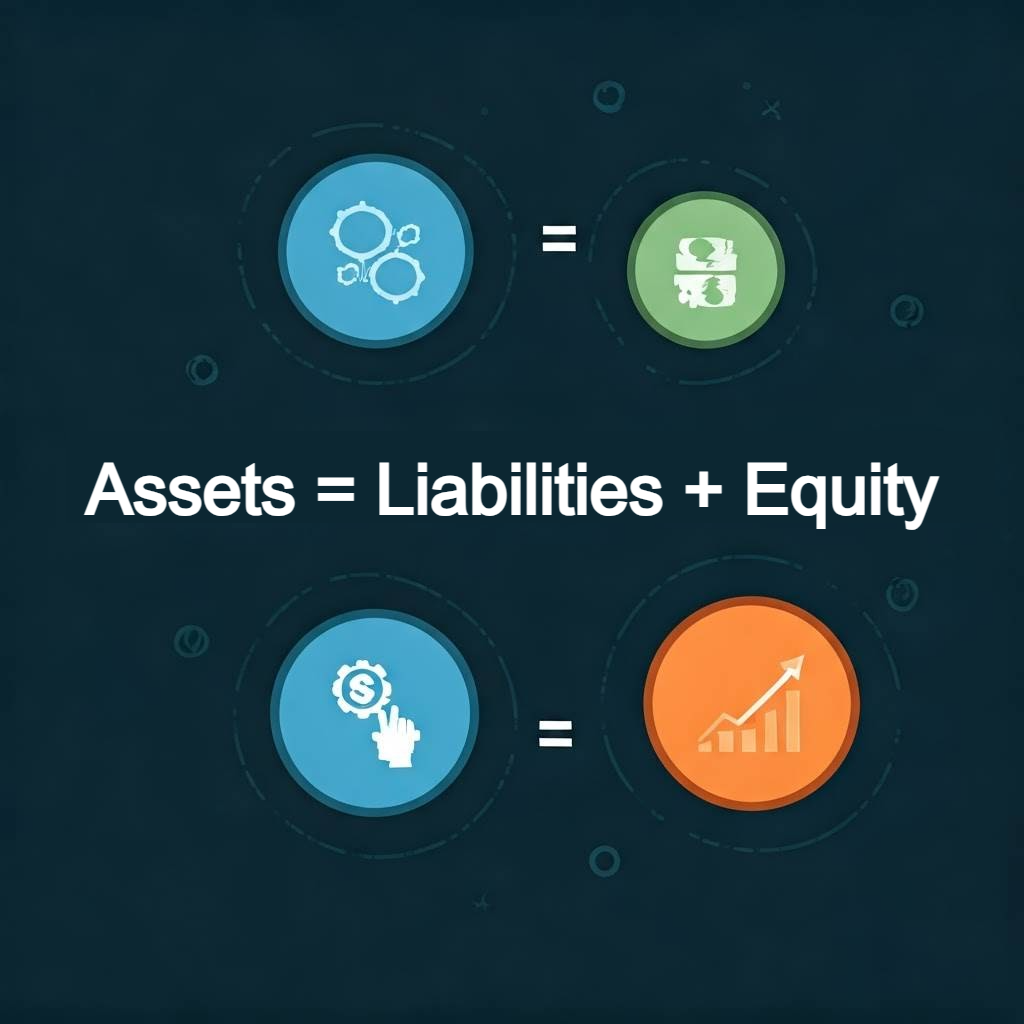This post is also available in:
Bahasa Malaysia
Introduction to Financial Statements
Financial statements are critical tools used by businesses to provide a comprehensive overview of their financial health. These essential documents include a variety of detailed reports, but the income statement and the balance sheet are among the most commonly used. Understanding these financial statements is crucial for anyone involved in the financial management or accounting of a business, as they offer vital insights into a company’s performance and financial position.
The income statement, also known as the profit and loss (P&L) statement, provides a summary of a company’s revenues and expenses over a specific period. This statement highlights the company’s ability to generate profit by efficiently managing its revenues and expenses. It is indispensable for evaluating operational performance and making strategic financial decisions. The balance sheet, on the other hand, offers a snapshot of a company’s financial standing at a specific point in time. It details the company’s assets, liabilities, and equity, thereby illustrating what the company owns and owes.

The primary purpose of financial statements is to offer a transparent and structured representation of a company’s financial performance and position. They serve as a communication tool between the company and its stakeholders, including investors, creditors, and regulatory bodies. By examining these statements, stakeholders can make informed decisions regarding investments, creditworthiness, and business strategies.
In addition to the income statement and balance sheet, other types of financial statements are also significant. For instance, the cash flow statement provides insights into a company’s cash inflows and outflows, showcasing its liquidity and long-term solvency. Meanwhile, the statement of changes in equity tracks changes in the owner’s equity over time, highlighting factors such as retained earnings and issued dividends.
In essence, financial statements are indispensable for maintaining transparency, ensuring regulatory compliance, and guiding strategic decision-making. For any business aiming to thrive and sustain growth, a clear comprehension of these financial documents is fundamental.
What is an Income Statement?
An income statement, often referred to as a profit and loss statement, is a financial document that provides a detailed account of a company’s financial performance over a specific reporting period. This period could be monthly, quarterly, or annually, depending on the needs of the business. The income statement is crucial because it reveals the company’s profitability by detailing revenue, expenses, gains, and losses.

The core components of an income statement include:
Revenue: This represents the total income generated by the company from its primary operational activities, typically sales of goods or services. Revenue is fundamental as it sets the baseline for further financial analysis.
Expenses: These are the costs incurred by the company to generate the revenue. Expenses can be categorized into cost of goods sold (COGS), operating expenses, interest payments, and taxes. Managing expenses efficiently is vital for maintaining healthy profit margins.
Gains: These are non-operational activities that result in positive inflows, such as the sale of assets or investments. Though not regular, gains can significantly impact the financial outlook.
Losses: Similar to gains, losses come from non-operational activities like asset write-offs or lawsuit settlements. Minimizing losses is crucial for sustained profitability.
Key metrics derived from the income statement include:
Gross Profit: Calculated as revenue minus the cost of goods sold. Gross profit illustrates how effectively a company turns sales into profit before other expenses are deducted.
Operating Income: Also known as operating profit, this figure is the gross profit minus operating expenses. It shows the profitability from core business operations, excluding external factors like taxes and interest.
Net Income: This is the bottom line of the income statement, accounting for all revenues, expenses, gains, and losses. Net income reflects the overall profitability of the company after all costs, including taxes and interest, have been deducted.
The income statement plays an essential role in financial planning and performance evaluation. Regularly reviewing this document helps businesses track their financial health, make informed strategic decisions, and plan for future growth. It also provides stakeholders with a snapshot of the company’s profitability and operational efficiency.
What is a Balance Sheet?
A balance sheet is a fundamental financial document that provides a snapshot of a business’s financial position at a specific point in time. It is structured around three key components: assets, liabilities, and shareholders’ equity. These components follow a basic accounting equation: Assets = Liabilities + Shareholders’ Equity. This equation underscores the principle that the resources owned by the business (assets) are financed either through borrowing (liabilities) or by capital invested by the owners (shareholders’ equity).

Assets are categorized into current and non-current assets. Current assets include items that are expected to be converted into cash or used up within one year, such as cash, accounts receivable, and inventory. Non-current assets, on the other hand, are long-term investments such as property, plant, and equipment, intangible assets, and other long-term investments. Understanding assets is crucial because it reflects the resources available for business operations and growth.
Liabilities are divided into current and long-term liabilities. Current liabilities include obligations that the business must meet within one year, such as accounts payable, short-term loans, and accrued expenses. Long-term liabilities extend beyond one year and can include long-term leases, bonds payable, and other long-term debt. Analyzing liabilities helps in understanding the business’s debt management and financial obligations.
Shareholders’ equity represents the residual interest in the assets of the business after deducting liabilities. It includes common stock, retained earnings, and additional paid-in capital. This component is essential as it indicates the amount of funding that owners have invested in the business and the reinvested profits over time.
The balance inherent in the balance sheet is critical for several reasons. It provides insights into liquidity, showing whether the business has enough assets to cover its short-term obligations. Moreover, it offers a view into debt management by highlighting the proportion of financing from debt versus equity. Lastly, the balance sheet aids in assessing the overall financial stability and strength of a business, guiding decision-making for investors, creditors, and management.
The Importance of Reviewing Financial Statements
Regularly reviewing financial statements, such as income statements and balance sheets, is an essential practice for any business. These documents serve as vital tools for strategic decision-making, enabling businesses to allocate resources, streamline operations, and plan for the future effectively. By meticulously analyzing income statements, companies can track their revenue and expenses, helping to create accurate budgets and forecasts. This proactive approach allows for the identification of trends and financial strengths, thereby pinpointing areas where costs can be reduced or where investment is warranted to drive growth.
Moreover, balance sheets provide a snapshot of a company’s financial health at any given point. They offer insights into assets, liabilities, and shareholders’ equity, presenting a clear picture of what a business owns and owes. Regular reviews of balance sheets help in assessing liquidity and solvency, which are critical for meeting financial obligations and ensuring sustainability. For example, maintaining an optimal level of working capital is crucial for day-to-day operations, and periodic reviews can highlight fluctuations that need attention.
From a regulatory standpoint, adhering to financial review processes is indispensable. Businesses are required to comply with various financial reporting standards and regulatory requirements. Accurate and timely financial statements aid in fulfilling these obligations, avoiding penalties, and maintaining good standing with regulatory bodies. Furthermore, these thorough reviews enhance transparency and credibility, which can be decisive when attracting potential investors or securing loans. Investors and financial institutions often scrutinize these statements to gauge the viability and risk associated with a business, making the accuracy and regularity of financial reviews paramount.
Real-world instances underscore the importance of routine financial reviews. For instance, a small retail business that frequently reviews its income statements may detect declining sales in a particular product line early. This insight allows for timely strategic adjustments, such as promotions or discontinuations, to mitigate losses. Conversely, overlooking financial statements can lead to mismanagement and eventual financial distress.
Overall, the regular review of income statements and balance sheets is not just an exercise in compliance but a strategic imperative that supports informed decision-making, drives growth, and ensures financial stability.
Automatic Reports, Smarter Decisions
You don’t need to worry about how to prepare financial statements—our solution does that for you automatically.
All you need is a clear understanding of what the numbers mean, so you can make informed, confident decisions to manage and grow your business effectively.